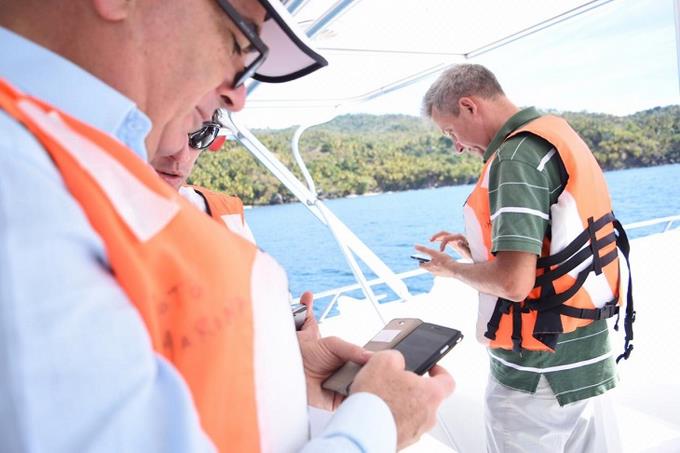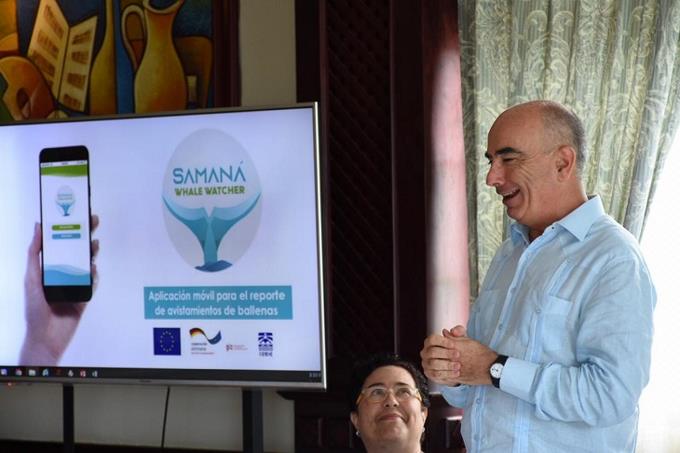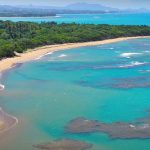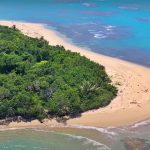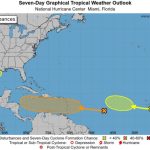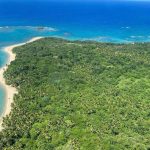Mobile application allows tourists visiting Samaná to be researchers for a day
From now on, the whale tourist sightings in this bay will be an ally for the research and conservation of these cetaceans; this thanks to the Samaná Whale Watcher mobile application, a technological tool that allows tourists to report whales they observe during their trips to scientists and researchers.
“Tourists are key players for actions to conserve and protect biodiversity; in this case, involving them in the processes of monitoring and research of whales will facilitate environmental education and awareness through an innovative tool. This application allows each tourist boat to contribute to the research and conservation of whales, “said Svenja Paulino, director of the Biodiversity and Business Program of the German Cooperation for Development, GIZ.
Samaná Whale Watcher allows tourists to indicate through the GPS of their mobile devices, the geographical location of each sighting, to characterize the behavior of the observed cetaceans and to share photographs of whale tails, fins, numbers, jumps and blows with the Center for the Conservation and Eco-development of the Bay of Samaná and its Surroundings. (CEBSE), is the entity in charge of the conservation and monitoring of whales in the area.
The application also has general data that will allow a way to identify each observed individual, learn about the principal regulations for whale watching, as well as distinguish other species of marine mammals present in Samaná.
“Samaná Whale Watcher is the answer to a need of many years to provide quality information to visitors and allow the approach to conservation and research from a very social perspective. The application also facilitates that more people collaborate in the shelter of these animals and support the work of our institutions,” explained Patricia Lamelas, executive director of CEBSE.
This mobile application is available for Android and iOS devices and was developed within the framework of the project “Biodiversity and Business in Central America and the Dominican Republic: Contribution of the tourism sector for the restoration and protection of marine and coastal biological diversity in the sea Caribbean,” developed by the European Union and GIZ.
About the sightings of cetaceans
The sighting of cetaceans is the practice that allows the observation of whales and dolphins in their natural habitat. Cetaceans most commonly are observed for recreational purposes (similar to bird watching), but can also be done for scientific purposes or pedagogical reasons.


